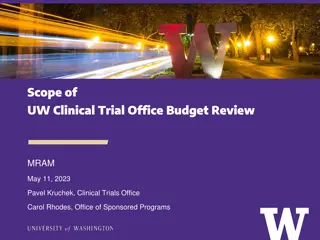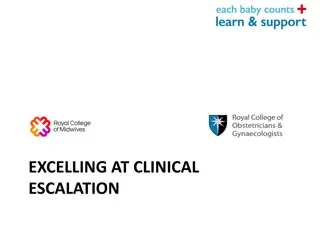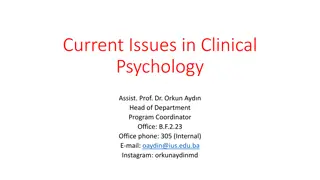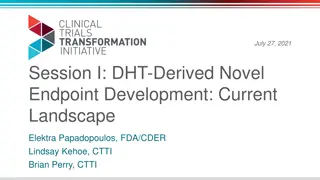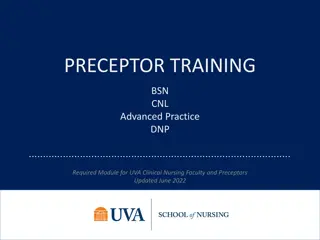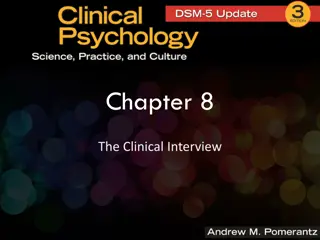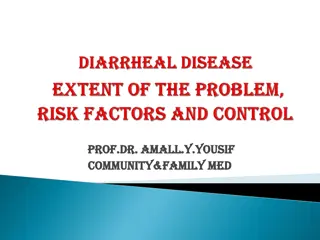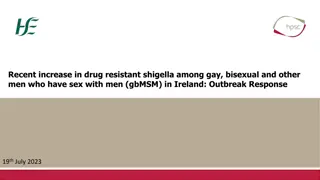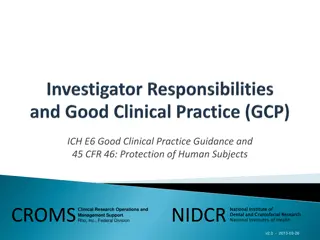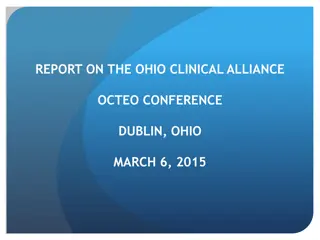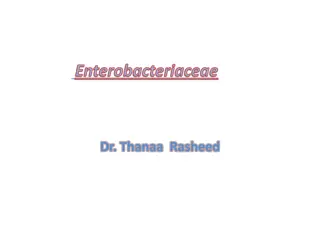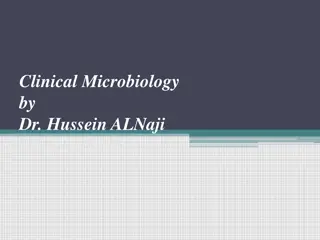
Shigellosis: Causes, Symptoms, and Prevention
Learn about Shigellosis, an infectious disease caused by the Shigella bacteria. Explore its etiology, pathogenesis, virulence factors, and epidemiology. Understand the main steps of colonic infection, incubation period, and ways to prevent its spread.
Download Presentation

Please find below an Image/Link to download the presentation.
The content on the website is provided AS IS for your information and personal use only. It may not be sold, licensed, or shared on other websites without obtaining consent from the author. If you encounter any issues during the download, it is possible that the publisher has removed the file from their server.
You are allowed to download the files provided on this website for personal or commercial use, subject to the condition that they are used lawfully. All files are the property of their respective owners.
The content on the website is provided AS IS for your information and personal use only. It may not be sold, licensed, or shared on other websites without obtaining consent from the author.
E N D
Presentation Transcript
SHIGELLOSIS Dr Majid Asgharzadeh
ETIOLOGY family Enterobacteriaceae gram-negative bacilli facultative aerobic Somatic antigen (or O antigen) side chains that determine serotype and serogroup nonmotile they lack the H antigen[flagellar] A as S. dysenteriae B as S.flexneri C as S. boydii D as S. sonnei four species or subgroups (A, B, C, and D) 43 serotypes
In developed countries Shigella sonnei 85% Shigella flexneri 14% Shigella boydii, 1% other species less than 1% resource-limited countries pattern is reversed S flexneri 66% S dysenteriae S. sonnei 24%
Main steps of colonic infection Adhesion Invasion PATHOGENESIS Intracellular Replication Cell-to-cell Spread Apoptosis is induced in macrophages after ingestion of shigellae
Virulence Factors genetic basis of virulence molecular apparatus called a type III secretion system (T3SS) capable of injecting bacterial proteins through bacterial and host membranes into host cells (translocation) the extracellular milieu (secretion) to influence host biochemistry and cell physiology directly
A chromosomal locus in S. dysenteriae serotype 1 encodes a Protein Synthesis-inhibiting Exotoxin (Shiga toxin, Shiga toxin, Stx Stx) that is a major virulence factor Plesiomonas shigelloides hypothesized to protect populations with poor water supplies against S. sonnei
EPIDEMIOLOGY Humans are the natural host fecal-oral route via contact with a contaminated inanimate object ingestion of contaminated food or water sexual contact Houseflies also may be vectors 10 organisms Prolonged organism survival water (up to 6 months) food (up to 30 days)
incubation period varies from 1 to 7 7 days ranges from 12 hours to a few days but typically is 1 to 3 1 to 3 days
Risk Factors for Severe Disease Infants and adults >50 y Children who are not breastfed Children recovering from measles Patients with HIV Malnourished children and adults Any patient who develops dehydration, unconsciousness hypothermia or hyperthermia history of convulsion with first seen
Increased Risk Of Infection Increased Risk Of Infection Children 5 years or younger child care settings crowded conditions Men who have sex Travel to resource-limited countries inadequate sanitation
CLINICAL MANIFESTATIONS primarily infect the large intestine Onset of high fever, toxicity, and crampy abdominal pain is sudden and typically precedes the onset of diarrhea. During the first 48 hours, high-volume watery diarrhea may occur (small bowel phase of disease); subsequently, low-volume, bloody, and mucous diarrhea develops in association with urgency and tenesmus (large bowel or dysenteric disease)
clinical manifestations range from watery or loose stools with minimal or no constitutional symptoms to more severe symptoms, including high fever, abdominal cramps or tenderness, tenesmus, mucoid stools with or without blood
approximately half of children do not develop bloody diarrhea during the course of their disease The presence of only watery diarrhea does not exclude the possibility of shigellosis, especially in an ill patient with high fever
Septicemia by Shigella organisms or by other gut flora Neonates malnourished children people with S dysenteriae serotype 1 infection but may occur in healthy children with nondysenteriae shigellosis Generalized seizures self-limited associated with high fever or electrolyte abnormalities Reactive arthritis HLA-B27 rare weeks or months after
Shigella dysenteriae serotype 1 often causes a more severe illness than other shigellae with a higher risk of complications septicemia pseudomembranous colitis toxic megacolon Intestinal perforation HUS rare in industrialized countries
Physical examination shows fever signs of toxicity tenderness over the lower abdominal quadrants hyperactive bowel sounds Rectal prolapse may be present, particularly when diarrhea is associated with malnutrition
Children with Shigella encephalopathy have significantly higher case-fatality rates than children with shigellosis without encephalopathy. The pathogenesis of neurologic signs and symptoms during episodes of shigellosis is unclear. Hypoglycemia an electrolyte abnormalities are found in a few patients. Direct invasion of the central nervous system during Shigella bacteremia is very rare.
Severe toxic encephalopathy EKIRI SYNDROME described in Japan Dysentery with hyperpyrexia convulsions sensory disturbances rapid progression to death. Mild hyponatremia NOT have sepsis DIC HUS Severe dehydration This toxic encephalopathy is rare. pathogenesis is unclear. The children died of cerebral edema early in the course of disease (6 to 48 hours after onset).
HUS Shiga toxin a potent cytotoxin produced by S dysenteriae serotype 1 small number of strains S flexneri type 2a S dysenteriae type 4, S sonnei HUS has not been associated with infections attributable to these serotypes
The course without therapy typically lasts 5 to 7days many enteric infections exacerbate undernutrition, initiating a viscous cycle of diarrhea and undernutrition 5 to 7days Even without antimicrobial therapy, the carrier state usually ceases within 1 to 4 onset of illness; long-term carriage is uncommon and does not correlate with underlying intestinal dysfunction. 1 to 4 weeks after
Complications of Shigellosis Abdominal Persistent diarrhea Postdysenteric irritable bowel syndrome Ileus, toxic megacolon, intestinal perforation Protein-losing enteropathy, malnutrition Surgical complications: intestinal perforation and obstruction, appendicitis, intraabdominal abscesses Neurologic Seizures Headache, lethargy, disorientation, hallucinations Coma Severe toxin encephalopathy or ekiri syndrome Bacteremia In malnourished children, young infants, and HIV-AIDS patients Hemolytic-Uremic Syndrome Only with Shigella dysenteriae serotype 1 Urogenital Vulvovaginitis, urinary tract infections Other Conjunctivitis, keratitis, corneal ulcers Reactive arthritis Reiter syndrome Hepatitis Myocarditis
DIAGNOSTIC TESTS sensitive for colitis not specific for shigellosis presence of fecal lactoferrin Fecal leukocytes blood leukocyte count in patients with shigellosis often is normal although leukopenia or leukocytosis may occur A leukemoid reaction has been reported in 10% of patients infected with the Shiga bacillus
Plated lightly MacConkey xylose-lysine-deoxycholate, Hektoen enteric agar Isolation of Shigella organisms feces specimens rectal swab specimens At least two different culture media Heavier plating more inhibitory Shigella- Salmonella medium stool as soon as possible main determinant of success in isolating not survive in fecal specimens during transit, transport media Cary-Blair transported at 4 C. (can t be transported to lab in 2 hrs) Enrichment Broth Mediadoes not significantly impact isolation rates selective agar plate Recovery of shigellae is easier early in the course of the disease
PCR detection of multiple bacterial, viral, and parasitic pathogens including Shigella have high sensitivity but may yield false-positive results (eg, detecting nonviable organisms)
Serologic studies are not helpful in establishing the diagnosis humoral antibodies develop after clinical recovery. Serologic studies helpful in epidemiologic studies differentiate Shigella from Escherichia species Biochemical profiling Serogrouping mass spectrometry of cellular components
B/C Should done in severely ill immunocompromised malnourished children

